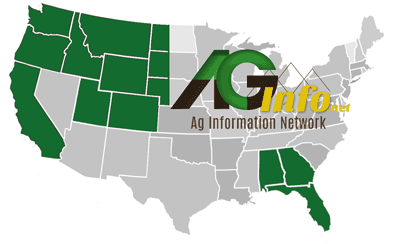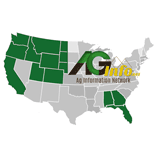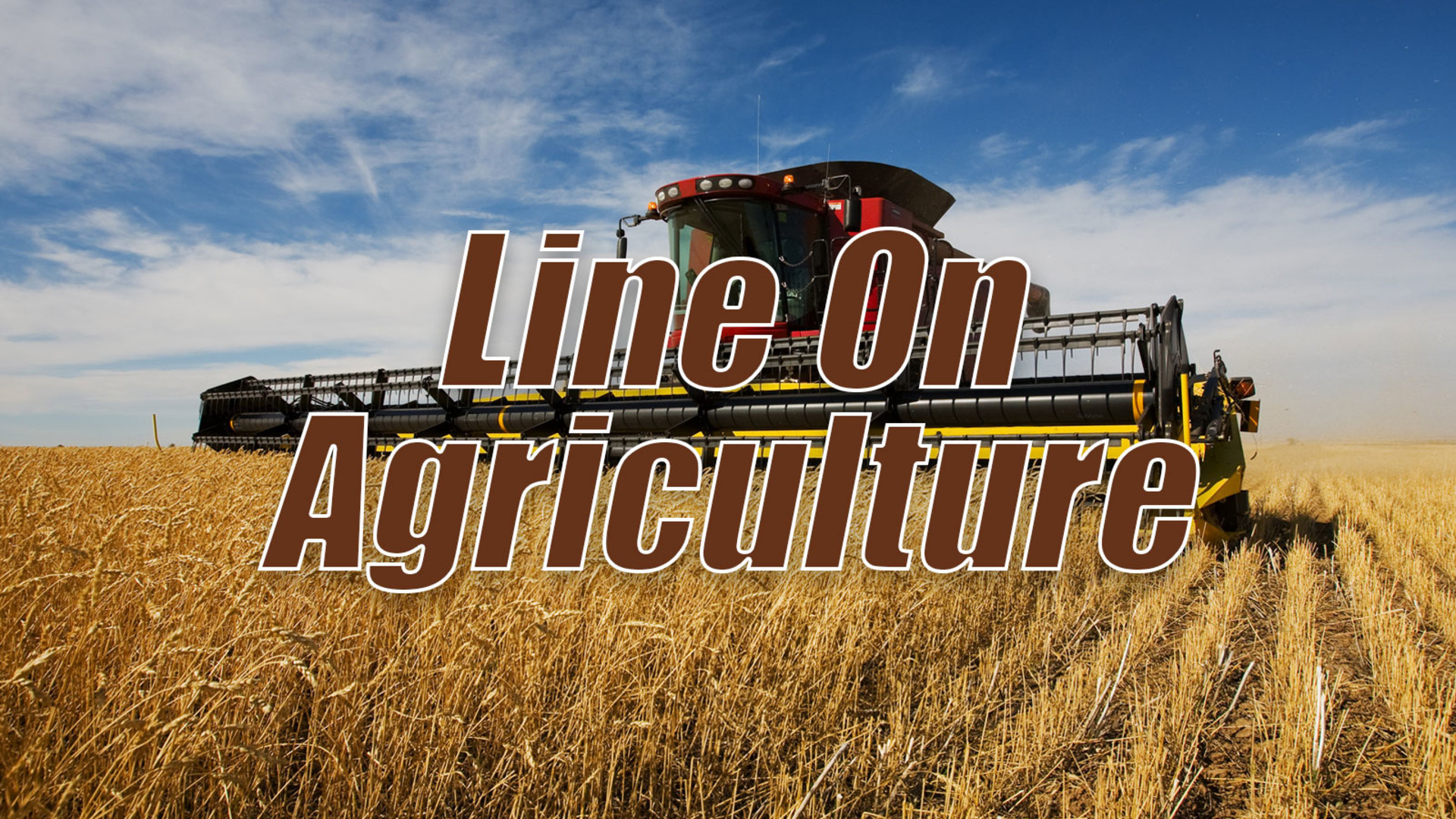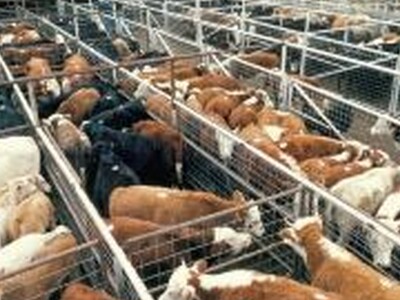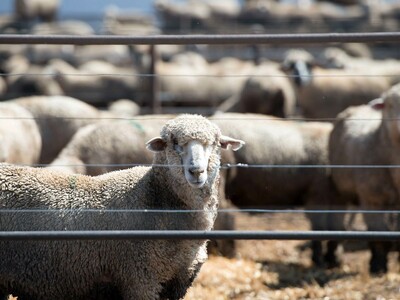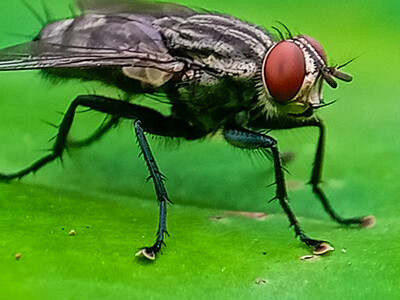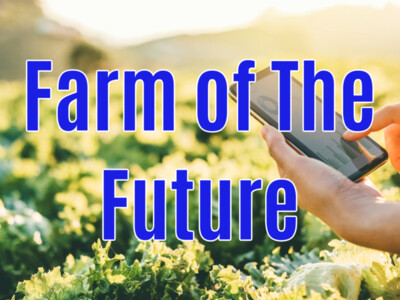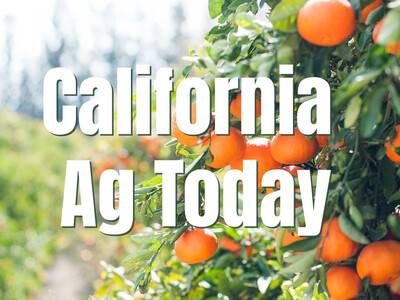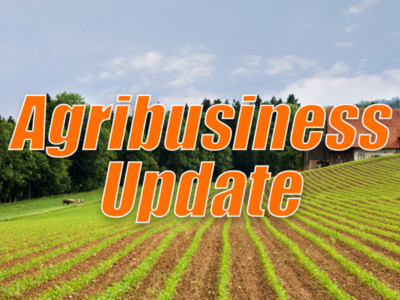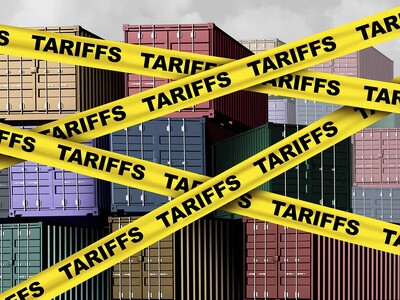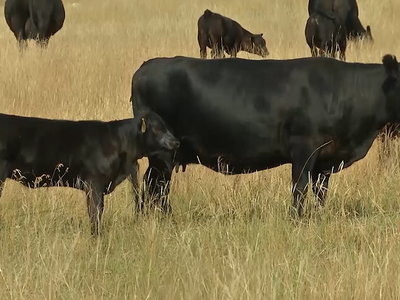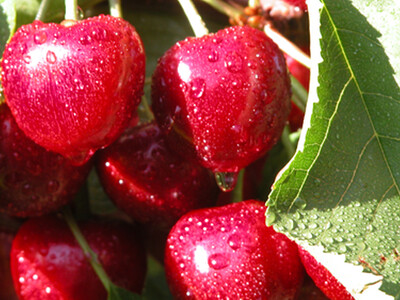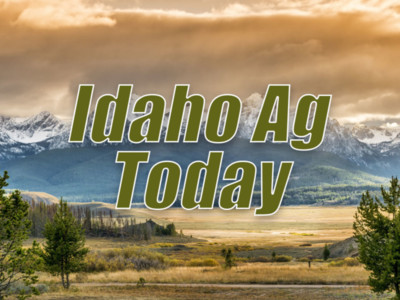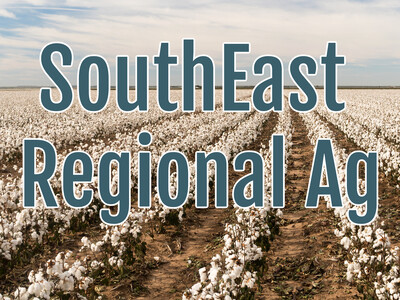Know Your Farmer, Know Your Food
Know Your Farmer, Know Your Food. I’m Greg Martin with today’s Line On Agriculture.
So you’ve gone to the grocery store and picked up a load of locally grown fresh fruits and vegetables. It says so on the label. But how local and who are the people behind that product. That is the key element in a new thrust by the U.S. Department of Agriculture’s "Know Your Farmer, Know Your Food" program and a USDA-wide effort to create new economic opportunities by better connecting consumers with local producers. It is also the start of a national conversation about the importance of understanding where your food comes from and how it gets to your plate. Deputy Secretary Kathleen Merrigan says it’s an important message.
MERRIGAN: I think there is great value in knowing your farmer. I think that it’s important for people to understand where their food comes from and how much of all the discussions we have these days are tied to food.
The agency thrust is trying to team up the local consumer with the local ag producer and one way Merrigan says they are bringing the two together is via the popular social networking program, Facebook. Merrigan says the latest Farm Bill was integral to making this program happen.
MERRIGAN: In our launch week of "Know Your Farmer, Know Your Food" we talked about 3 short term efforts we want to make in this area. First the 2008 Farm Bill gave us new authority in terms of using $50-million dollars in the current fiscal year to buy local food for school programs and we’re working out the specific mechanics on that.
Part of the new program has been looking back at the way things were done or described.
MERRIGAN: Secondly we have been operating on some old definitions about what constitutes “fresh” for the school program and so we are coming up with new definitions to allow for a wider variety of fresh and local in schools.
Finally Merrigan says it will be just some plain old roll up your sleeves work to find out what is working.
MERRIGAN: Third and perhaps the most exciting new thing that we’re doing is that we are going to be sending out tactical teams; a combination of ag marketing service and food and nutrition service workers who are going to go out on the countryside, see what’s working, see what’s not working in terms of farm to school and bring those experiences to the fore. We will be trying to come up with best practices.
That’s today’s Line On Agriculture. I’m Greg Martin on the Northwest Ag Information Network.
